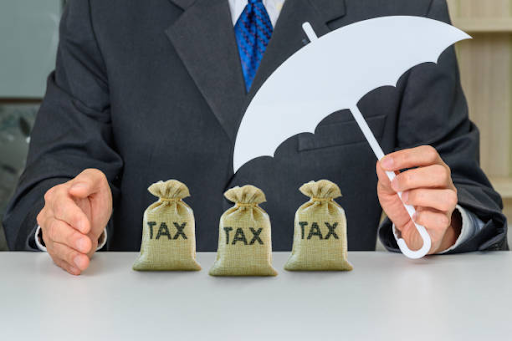
In the wake of the Tax Cuts and Jobs Act (TCJA), a transformative investment opportunity has emerged – the Opportunity Zone program. Positioned to provide remarkable tax benefits, this investment vehicle is designed to stimulate growth in economically distressed communities officially designated as Opportunity Zones in 2018. Spread across the United States, these zones offer a unique avenue for investors to capitalize on tax provisions while contributing to community development. This article delves into the key facets of Opportunity Zone investments, exploring the tax incentives, deferral strategies, and potential for substantial basis increases.
Overview: Unlocking Potential in Distressed Communities
The Opportunity Zone program, a brainchild of the TCJA, aims to spur economic development in designated distressed communities. These zones, identified in 2018, are scattered throughout the United States. To harness the tax benefits, investors must funnel their capital into a Qualified Opportunity Fund (QOF), which subsequently invests in businesses and real estate within the Opportunity Zones.
Tax Incentives: A Dual Approach
The Opportunity Zone program presents a dual approach to tax incentives, focusing on both the property invested into the QOF and the investment in the fund itself.
Property Invested Into the Fund: Deferral and Basis Increase
Investors can defer the recognition of capital gains by investing in a QOF within 180 days of selling or exchanging property. Unlike a Section 1031 transaction, only the gain needs to be invested, offering greater flexibility. The deferral continues until December 31, 2026, or until the investor sells the stock. Holding the investment for at least five years results in a 10% increase in tax basis, with an additional 5% after seven years.
Example 1: Allison sells Intel stock for a $10,000 gain, deferring it by investing in a QOF within 180 days. If she holds the investment for five years, her basis increases by 10% of the deferred gain, and by an additional 5% if held for seven years.
Investment in the Fund: Building Basis for Greater Tax Benefits
Investing in the fund itself yields additional tax benefits. Initially, investors have a zero basis, but after five years, the basis increases by 10% of the deferred gain. Holding the investment for at least seven years results in an extra 5% increase in basis. On December 31, 2026, when the remaining deferred gain is recognized, the basis in the fund can also be increased by the amount of recognized gain. After ten years, investors have the option to adjust the basis to the fair market value, potentially eliminating gain upon selling.
Example 4: Continuing from previous examples, Allison's basis in the Intel stock after ten years would be $10,000, reflecting the adjustments for holding periods.
Observation: Time Sensitivity for Maximum Benefit
To maximize benefits, investments in QOFs should be made by December 31, 2019. By December 31, 2026, taxpayers must recognize the original sale gain, even if still invested in the QOF. Investing after 2019 doesn't provide the seven-year holding period for the extra 5% reduction in gain.
Summary: Balancing Tax Opportunities with Sound Investments
The Opportunity Zone program presents a tremendous tax opportunity, but investors must exercise caution to ensure sound investment decisions. Identifying reliable fund managers and solid investments within these zones may take time. Despite the potential complexities, the program offers a unique avenue for investors to not only gain tax advantages but also contribute to community development.
About the Author: John M. Stevko,
With over four decades of professional experience, John M. Stevko is a seasoned tax practitioner, national seminar instructor, writer, and business owner. His extensive career spans founding a local CPA firm, speaking for Gear Up Tax seminars, and lecturing on tax law and healthcare reform across the country. John's expertise has earned him recognition on television and radio programs, solidifying his status as a sought-after authority on tax and healthcare legislation.